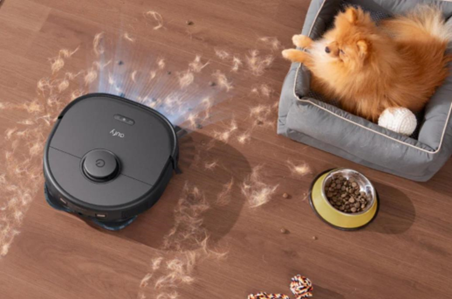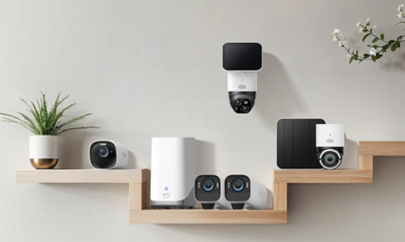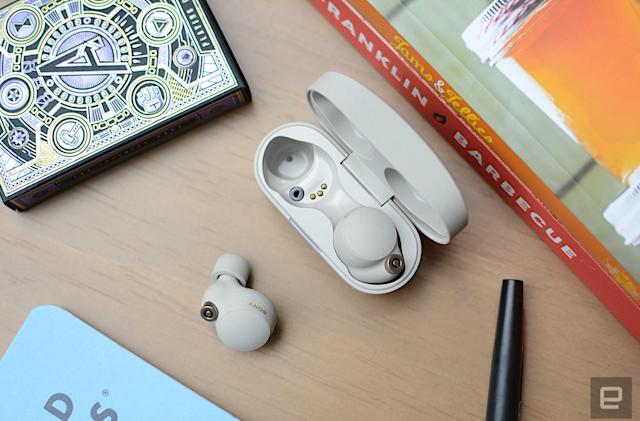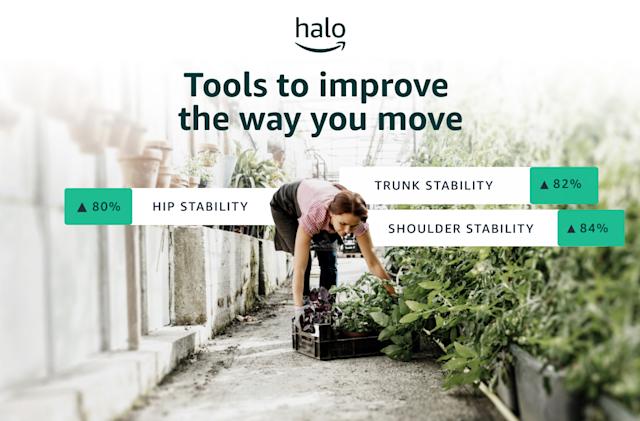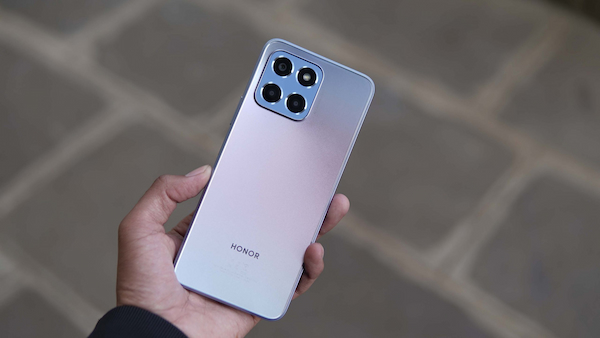Top 5 Mistakes to Avoid When Buying a Robot Vacuum
Households everywhere are embracing the convenience of robot vacuums, eager to hand off one of the most repetitive chores in daily life. The promise is simple: a device that glides across your floors, picking up dust, crumbs, and even pet hair while you focus on more important things. But as with any fast-growing technology, it’s easy to feel overwhelmed by the number of choices and features available. Making a hasty decision without considering your home’s needs can lead to frustration instead of freedom. In this article, we’ll explore the most common mistakes people make when buying a robot vacuum and how to avoid them so you can enjoy stress-free cleaning.
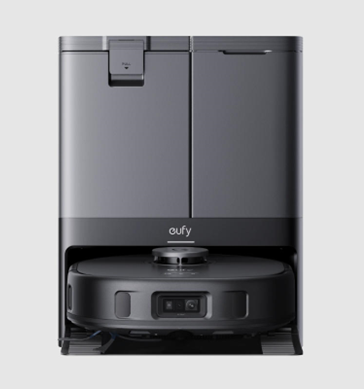
Ignoring Your Home's Floor Type and Layout
Why Carpet vs. Hardwood Floors Matters
Not all robot vacuums are designed to perform equally well across different flooring types. Homes with thick carpets or rugs require stronger suction to pull debris out of fibers, while hardwood and tile floors benefit more from gentle suction combined with effective sweeping brushes. Choosing the wrong machine can leave carpets looking dull or scatter dust across smooth floors rather than collecting it. Multi-surface homes need a versatile model that adjusts suction depending on the area. By thinking carefully about your flooring, you ensure your robot vacuum works with your home rather than against it.
The Crucial Role of Navigation and Mapping
Floor layout is just as important as floor type. In compact apartments with few obstacles, even basic robots can manage well. But in larger homes with multiple rooms, tight corners, and furniture clusters, advanced navigation and mapping are key to thorough cleaning. Without these, the robot may waste time cleaning the same spot while missing others entirely. Intelligent mapping also allows you to set virtual boundaries, ensuring it avoids delicate areas or tangled cords. Investing in solid navigation technology means less babysitting and more consistent cleaning results across every room.
Overlooking Key Features for Your Needs
Battery Life and Automatic Recharging
Battery life determines how long a robot can clean before it needs to stop, and this makes a big difference depending on your home. Shorter runtimes may work for small apartments, but will frustrate owners of larger houses who need multiple cleaning sessions. Automatic recharging, where the robot returns to its dock and resumes cleaning afterward, solves this issue elegantly. Without this feature, you might find yourself chasing down the vacuum and restarting jobs manually. Considering your home’s square footage ensures you choose a model with the endurance to match.
Dustbin Capacity and Maintenance
Dustbin size is often overlooked, but it has a real impact on convenience. A small bin fills quickly, forcing you to empty it mid-clean, especially if you have pets or live in a dusty environment. Larger bins reduce interruptions and help the vacuum run more independently. Maintenance also extends beyond the bin—filters, brushes, and pads require regular cleaning or replacement. Picking a model with easy-to-remove parts saves time and keeps performance consistent. By paying attention to these small but crucial details, you’ll avoid disappointment later.
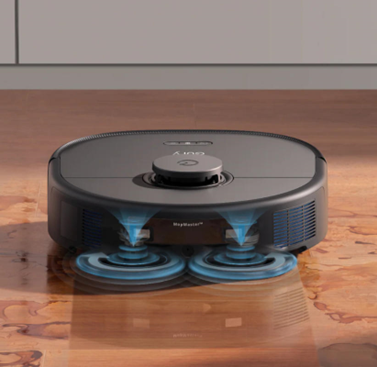
Getting Stuck on the Price Tag Alone
Price is often the first thing people look at, but focusing only on cost can be misleading. Cheaper models may lack features that save you time in the long run, like smart mapping or strong suction for carpets. On the other hand, the most expensive option isn’t always necessary if your home has simple cleaning needs. The real goal is to match value with your lifestyle: what seems like a bargain upfront could cost more in frustration and extra effort. Balancing budget with practicality helps you invest in a vacuum that truly makes life easier.
Forgetting About Noise Levels and Scheduling
Noise might not seem important until you run the vacuum during a family movie night or while working from home. Some robot vacuums are significantly louder than others, turning what should be a convenience into an annoyance. Scheduling features help offset this by letting you run the device at times when the noise won’t matter, such as when you’re at work or asleep. Forgetting to consider these factors means you may avoid using the vacuum as often as you’d like. A quieter model with customizable scheduling ensures cleaning blends into your daily routine instead of disrupting it.
Underestimating the Need for Maintenance
Even the smartest robot vacuums require regular upkeep to perform their best. Brushes get tangled with hair, sensors collect dust, and filters clog over time. Ignoring these tasks leads to weaker suction, navigation problems, and ultimately, breakdowns that shorten the device’s lifespan. The best strategy is to build maintenance into your weekly routine, taking a few minutes to check and clean components. Some models make this easier with washable filters or self-cleaning brush systems. Treating maintenance as part of ownership ensures your investment continues delivering reliable performance for years.
Conclusion
Choosing a robot vacuum doesn’t need to be confusing if you know what pitfalls to avoid. By matching the device to your flooring, layout, and lifestyle, you can prevent the frustration that comes from rushed or uninformed choices. Considering features like battery life, navigation, and maintenance helps you get the most out of the technology, while remembering factors like noise ensures it fits seamlessly into daily life. And if you’re still unsure which model to trust, eufy’s best robot vacuum mop combo offers excellent value and convenience, making it a choice you can feel confident about. With thoughtful shopping, your robot vacuum becomes not just a gadget, but a reliable partner in keeping your home clean.
Nejnovější: Is a Robot Vacuum Worth It for Pet Owners?
